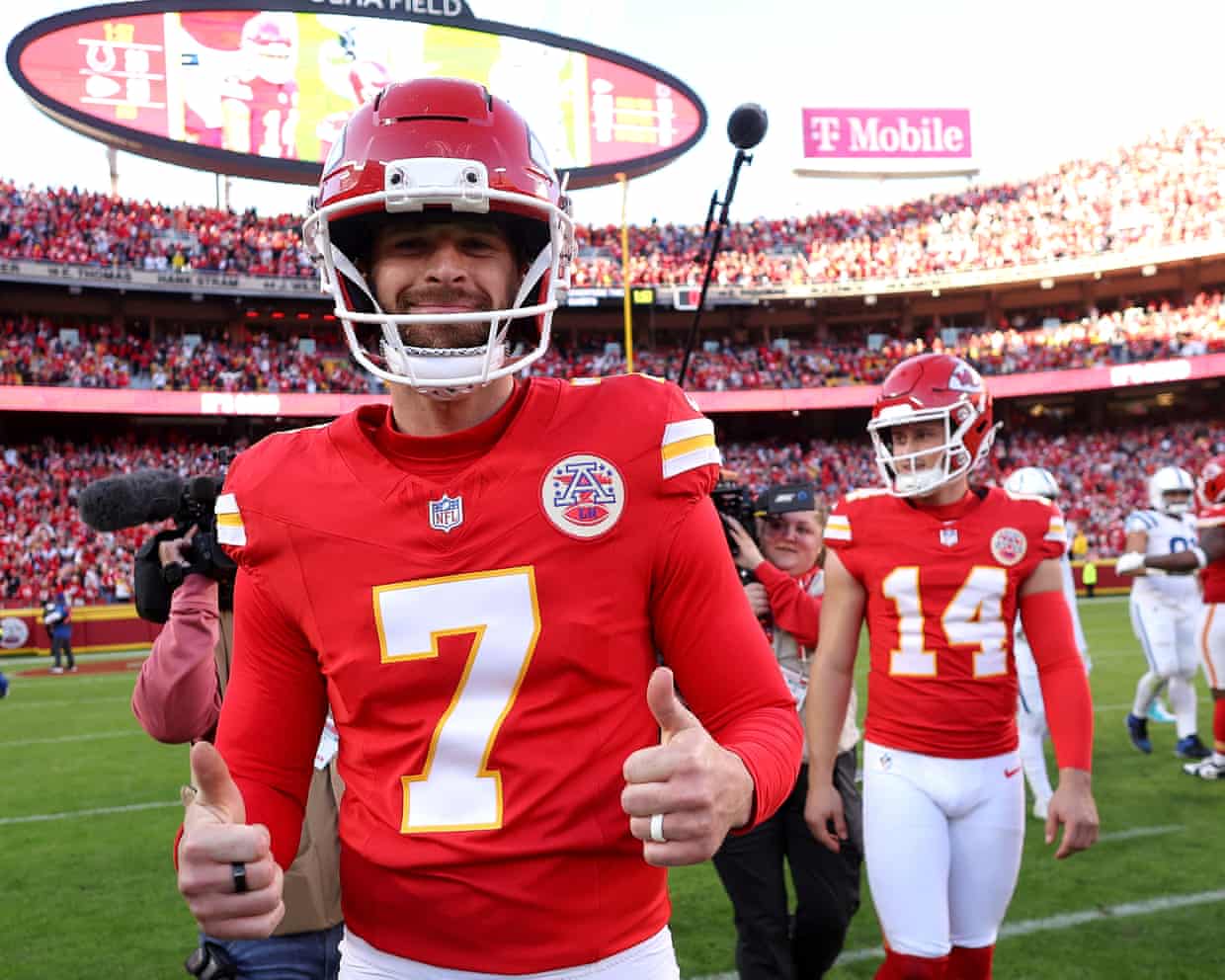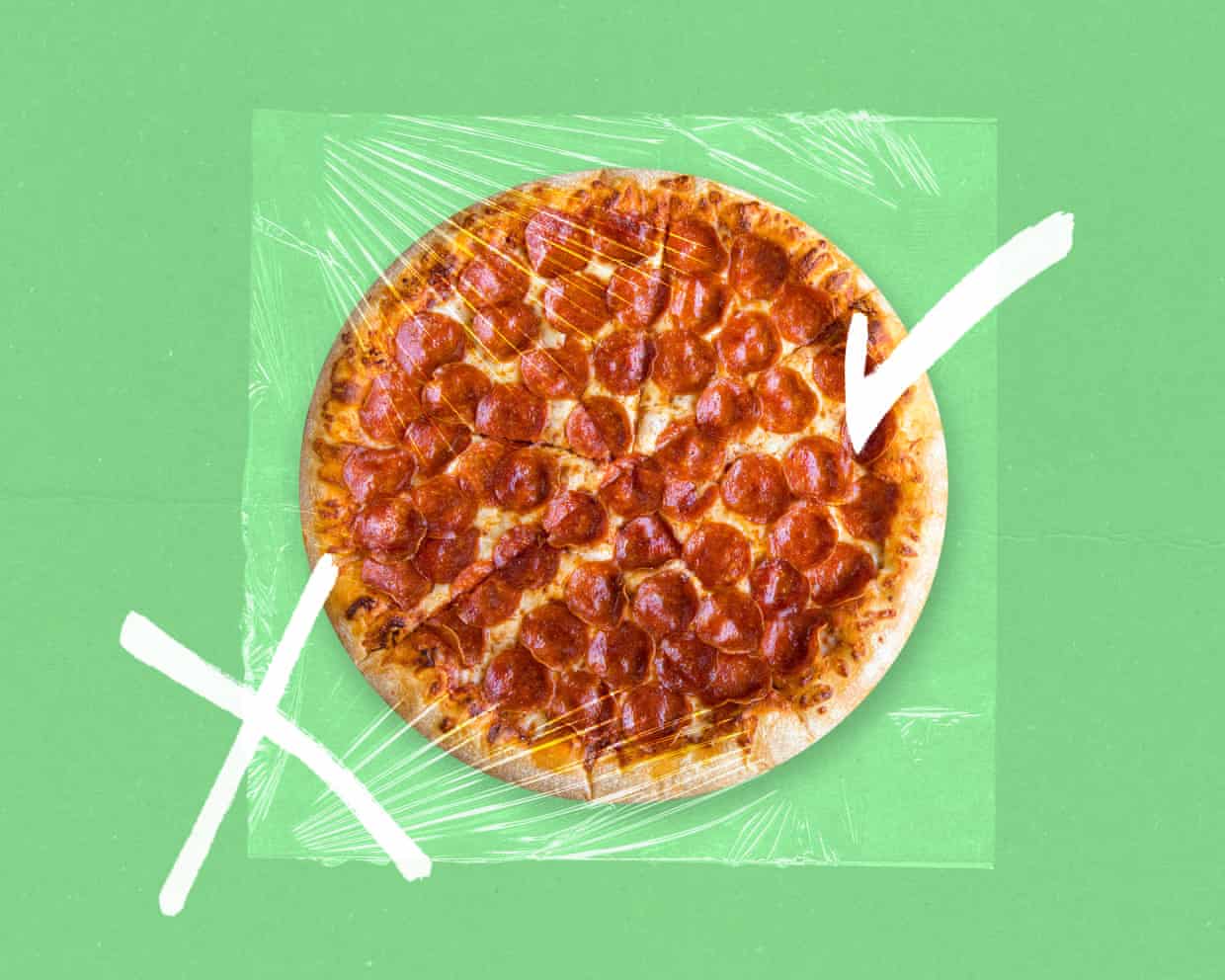The Guide #218: For gen Zers like me, YouTube isn’t an app or a website – it’s the backdrop to our waking lives

Barely a month goes by without more news of streaming sites overtaking traditional, terrestrial TV.Predominant among those sits YouTube, with more than 2.5 billion monthly viewers.For people my age – a sprightly 28 – and younger, YouTube is less of an app or website than our answer to radio: the ever-present background hum of modern life.While my mum might leave Radio 4 wittering or BBC News flickering in the corner as she potters about the house, I’ve got a video essay about Japan’s unique approach to urban planning playing on my phone.
That’s not to say I never watch more traditional TV (although 99% of the time I’m accessing it through some other kind of subscription streaming app), but when I get home after a long day and the thought of ploughing through another hour of grim prestige fare feels too demanding, I’m probably watching YouTube.Which means it’s very unlikely that I’m watching the same thing as you.When Google paid $1.65bn for the platform in 2006, (just 18 months after it launched) the price seemed astronomical.Critics questioned whether that valuation could be justified for any video platform.
The logic was simple – unless YouTube could replace television, it would never be worth it.Nearly two decades on, that framing undersells what actually happened.YouTube didn’t just replace television – it invented entirely new forms of content: vodcasts, vlogs, video essays, reaction videos, ASMR and its heinous cousin mukbang.The platform absorbed new trends and formats at lightning speed, building what became an alternative “online mainstream”.Before podcasters, TikTokers, Substackers and even influencers, there were YouTubers.
I started paying for YouTube Premium during Covid, when I had an abundance of time, and spare cash without the need to commute or the potential of buying pints,Now, it’s the only subscription that I don’t worry about the value of, but rather wonder if I use it so much that it’s changed me as a person,Alas, my gym membership does not fall into this category,The obvious advantage to the premium subscription is never seeing ads, and the smart downloads that automatically queue up episodes based on your habits have been a blessing on many a long tube journey,I’m very rarely bored these days; on my commute now, instead of staring out the window and letting my mind wander, I’m either watching sports highlights or a podcast.
I no longer really think about stuff – I just go on YouTube.It’s slightly embarrassing to admit that a random deluge of shorts featuring guitar instructors and teenage garage bands has inspired me to pick up the instrument again – like admitting that you met your partner on Hinge.But that’s the thing – YouTube has democratised expertise in ways traditional media never could.It also fits in with the etiquette around media consumption on your phone.I’d never desecrate a Spielberg or Scorsese film by watching one on a 6in display.
That feels vaguely heinous – disrespectful to the craft.But watching behind-the-scenes footage or promo tour clips? That’s exactly what YouTube is for.I watch a mix of YouTube-native creators – Amelia Dimoldenberg’s Chicken Shop Date, JxmyHighroller for NBA deep dives, Tifo Football for tactical analysis, Happy Sad Confused for film interviews – and a steady diet of content traditionally formatted for TV or print but which probably now reaches the biggest audience via YouTube: Graham Norton, Saturday Night Live, even fellow journalists such as Owen Jones and Mark Kermode.And sports highlights exist on the platform in a state of perfect convenience that legacy broadcasters can’t match, especially when it comes to paywalled sports such as cricket and NFL, where watching live requires an immense financial, and time, commitment.However, this convenience and entertainment isn’t without its problems.
YouTube’s hyper-personalised algorithm means we’re all watching completely different things.Where previous generations had “Did you watch that thing last night?” as a universal conversation starter, now everyone’s deep in their own algorithmic bubble.We’ve gained infinite choice but lost the sense of shared experience, a shared culture.Even “big” YouTube moments fragment across demographics in ways that Saturday-night telly never did.When politicians – usually, but not exclusively, of the far right – bemoan that we live in a divided nation, they’d be better off pointing the finger at our viewing habits than the immigration figures.
My algorithmic delights may well have more in common with a 28-year-old in Bengaluru than the 45-year-old living next door.There is one exception, though it’s not exactly comforting: while YouTube has fragmented viewing habits across most demographics, it’s created something close to a monoculture among young men.Joe Rogan, Theo Von, Lex Fridman and a rotating cast of Trump-adjacent podcasters and public intellectuals, including the late Charlie Kirk, have become a genuinely ubiquitous part of the water-cooler conversation among men my age.YouTube has democratised access to long-form conversation in genuinely enriching ways, but it’s also created pipelines to increasingly toxic content.The platform’s algorithm doesn’t just surface what you’re interested in – it surfaces what keeps you watching, and that’s not always the same thing.
It has a tendency to boost extreme viewpoints and fringe theories by taking you on a journey from something entirely harmless to genuinely dangerous misinformation so gradually and organically that you barely notice it happening.And with everyone in your demographic experiencing the same, it’s hard for the community to police itself.Sign up to The GuideGet our weekly pop culture email, free in your inbox every Fridayafter newsletter promotionAccording to recent data, YouTube users globally watch over 1bn hours of content every day.For better or worse, YouTube has won, and I’m mostly OK with that.I certainly don’t miss having to consult a ratty TV guide to know what BBC Two will be showing at 9pm.
But perhaps the balance needs redressing – not so much between YouTube and other platforms, but between YouTube and literally everything else.I’m not exactly sure what the solution is … but I bet there’s a video essay that could tell me exactly what I should think.If you want to read the complete version of this newsletter please subscribe to receive The Guide in your inbox every Friday

Minister indicates sympathy for artists in debate over AI and copyright
People rightly want to get get paid for their work, says Liz Kendall, in apparent change of tack to predecessor The technology secretary, Liz Kendall, has indicated she is sympathetic to artists’ demands not to have their copyrighted works scraped by AI companies without payment and said she wanted to “reset” the debate.In remarks that suggest a change in approach from her predecessor, Peter Kyle, who had hoped to require artists to actively opt out of having their work ingested by generative AI systems, she said “people rightly want to get paid for the work that they do” and “we have to find a way that both sectors can grow and thrive in future”.The government has been consulting on a new intellectual property framework for AI which, in the case of the most common large language models (LLMs), requires vast amounts of training data to work effectively.The issue has sparked impassioned protests from some of Britain’s most famous artists. This month Paul McCartney released a silent two-minute 45 second track of an empty studio on an album protesting against copyright grabs by AI firms as part of a campaign also backed by Kate Bush, Sam Fender, the Pet Shop Boys and Hans Zimmer

Americans are feeling the pain of the affordability crisis: ‘There’s not any wiggle room’
Frozen dinners were useful when no one was home to cook. A fancy cheese or apple roll felt like a family treat. But not any more. “We can’t afford to do those little luxuries any more because they’re just too expensive to feed five with,” says Cat Hill. “There’s not any wiggle room

Meet the AI workers who tell their friends and family to stay away from AI
When the people making AI seem trustworthy are the ones who trust it the least, it shows that incentives for speed are overtaking safety, experts sayKrista Pawloski remembers the single defining moment that shaped her opinion on the ethics of artificial intelligence. As an AI worker on Amazon Mechanical Turk – a marketplace that allows companies to hire workers to perform tasks like entering data or matching an AI prompt with its output – Pawloski spends her time moderating and assessing the quality of AI-generated text, images and videos, as well as some factchecking.Roughly two years ago, while working from home at her dining room table, she took up a job designating tweets as racist or not. When she was presented with a tweet that read “Listen to that mooncricket sing”, she almost clicked on the “no” button before deciding to check the meaning of the word “mooncricket”, which, to her surprise, was a racial slur against Black Americans.“I sat there considering how many times I may have made the same mistake and not caught myself,” said Pawloski

Bro boost: women say their LinkedIn traffic increases if they pretend to be men
Do your LinkedIn followers consider you a “thought leader”? Do hordes of commenters applaud your tips on how to “scale” your startup? Do recruiters slide into your DMs to “explore potential synergies”?If not, it could be because you’re not a man.Dozens of women joined a collective LinkedIn experiment this week after a series of viral posts suggested that, for some, changing their gender to “male” boosted their visibility on the network.Others rewrote their profiles to be, as they put it, “bro-coded” – inserting action-oriented online business buzzwords such as “drive”, “transform” and “accelerate”. Anecdotally, their visibility also increased.The uptick in engagement has led some to speculate that an in-built sexism in LinkedIn’s algorithm means that men who speak in online business jargon are more visible on its platform

NFL Week 12: Chiefs hit back to beat Colts in overtime, Lions tame Giants and Packers crush Vikings
What a finish. Double overtime madness. The final scores and records now the dust has settled.(6-5) Baltimore Ravens 23-10 New York Jets (2-9)(8-3) Chicago Bears 31-28 Pittsburgh Steelers (6-5)(3-8) Cincinnati Bengals 20-26 New England Patriots (10-2)(7-4) Detroit Lions 34-27 New York Giants (2-10)(7-3-1) Green Bay Packers 23-6 Minnesota Vikings (4-7)(6-5) Kansas City Chiefs 23-20 Indianapolis Colts (8-3)(1-10) Tennessee Titans 24-30 Seattle Seahawks (8-3)That was an incredible comeback from Kansas City. The defense just completely shut the Colts out in the second half

Contepomi accuses ‘bully’ Curry of reckless tackle and shoving Argentina coach
Tom Curry found himself at the centre of a storm after England’s win against Argentina, as Felipe Contepomi accused the flanker not only of a “reckless” tackle on Juan Cruz Mallía but of shoving him, the Pumas’ coach, in the tunnel afterwards. Mallía, the full-back, was forced off late on with what is thought to be an anterior cruciate ligament injury, which meant Argentina, who had used all their replacements, had to finish the match with 14 men.“How old is he?” said Contepomi of Curry. “Twenty-seven? And strong. And I am 48 and he comes and just [shoves me]

‘We’ve got to find answers’: Corby families affected by cancer searching for truth about toxic waste sites

UK gambling firms spent ‘astronomic’ £2bn on advertising last year

South Africa declares gender-based violence a national disaster amid G20 protests

Dangerous shortage of medics threatens safe patient care in England, top GP says

Why thousands of NHS GPs are cutting their hours despite plan to increase access to doctors

We know ultra-processed foods are bad for you – but can you spot them? Take our quiz